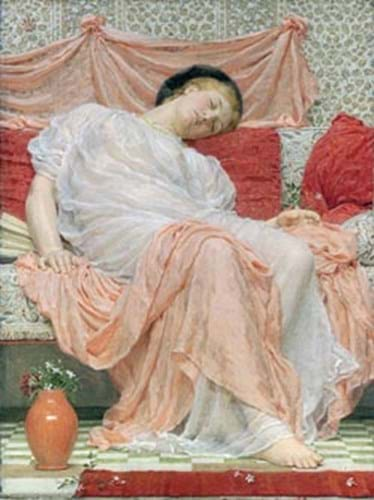
The Museums Association (MA) - an independent body representing approximately 600 institutions across the UK - listed the changes inThe Disposal Toolkit, a 24-page document backing revisions to a code of ethics that advises museums on disposal.
The code, drawn up 30 years ago, has always discouraged deaccessioning, a practice traditionally seen as abhorrent among the British museums establishment.
However, after extensive consultation, the association held a vote at its 2007 general meeting on amending the code to allow financially motivated disposals, albeit with strict conditions to qualm fears of cultural asset stripping. The near-unanimous result in favour made it clear that attitudes had changed since the issue was last reviewed in 2002.
Cases where disposal might be considered include:
• when the item is a duplicate
• if it has never been 'used' and probably never will be
• when the museum can't provide adequate care
• when an item is way beyond repair
• when an object has no provenance
• when it could be sold to purchase a better example.
"Museums typically collect a thousand times as many things as they get rid of. Wonderful collections can become a burden unless they are cleared of unused objects," said MA director Mark Taylor.
The report emphasises that it is unacceptable to dispose of items on an ad hoc basis, without considering expert advice, if doing so would adversely affect the reputation of museums, or if it would not be in the public interest. It also stresses that, wherever possible, priority should be given to transferring items to other accredited museums to keep them in the public domain.
Only as a last resort should financially motivated disposal take place. To assure transparency, the recommended selling method is auction, and any money raised should be applied solely and directly to the museum's collection.
The V&A released a statement: "Properly managed disposal can help public collections fulfil their purpose more effectively. We welcome the Museums Association's guidelines and its thorough approach to responsible disposal."
The first institution to take advantage of the new code is The Watts Gallery of Compton, near Guildford in Surrey. It has consigned two works from its non-core collection to Christie's sale of Victorian and Traditionalist Art on June 5.
Jasmineby Albert Joseph Moore (1841-1893) is estimated at £600,000-800,000 whileThe Triumph of Loveby Sir Edward Coley Burne Jones, a painting on four canvases framed as one, is estimated at £400,000-600,000. Both pictures were offered for sale to other institutions over a two-month period before being entered at auction to raise money for repairs estimated at more than £10m at the gallery.
"The Toolkit is really a document based on the long and difficult process we've been through in the last two years," said Andrew Churchill of the Watts Gallery. "It was not an easy decision. These are lovely works but they haven't been on display for some time and are incongruous to the core collection."
Proceeds will go towards a clearly defined endowment fund to safeguard the gallery's future.
Although the British Museum is a member of the MA, the changes will not apply to it as it is governed by the British Museum Act of 1963 and legally cannot deaccession any objects in the collection.
"Objects that are not on display are accessible as study collections through the departmental students rooms, and we have over 10,000 people accessing them a year," said representative Hannah Boulton.
By Stephanie Harris




